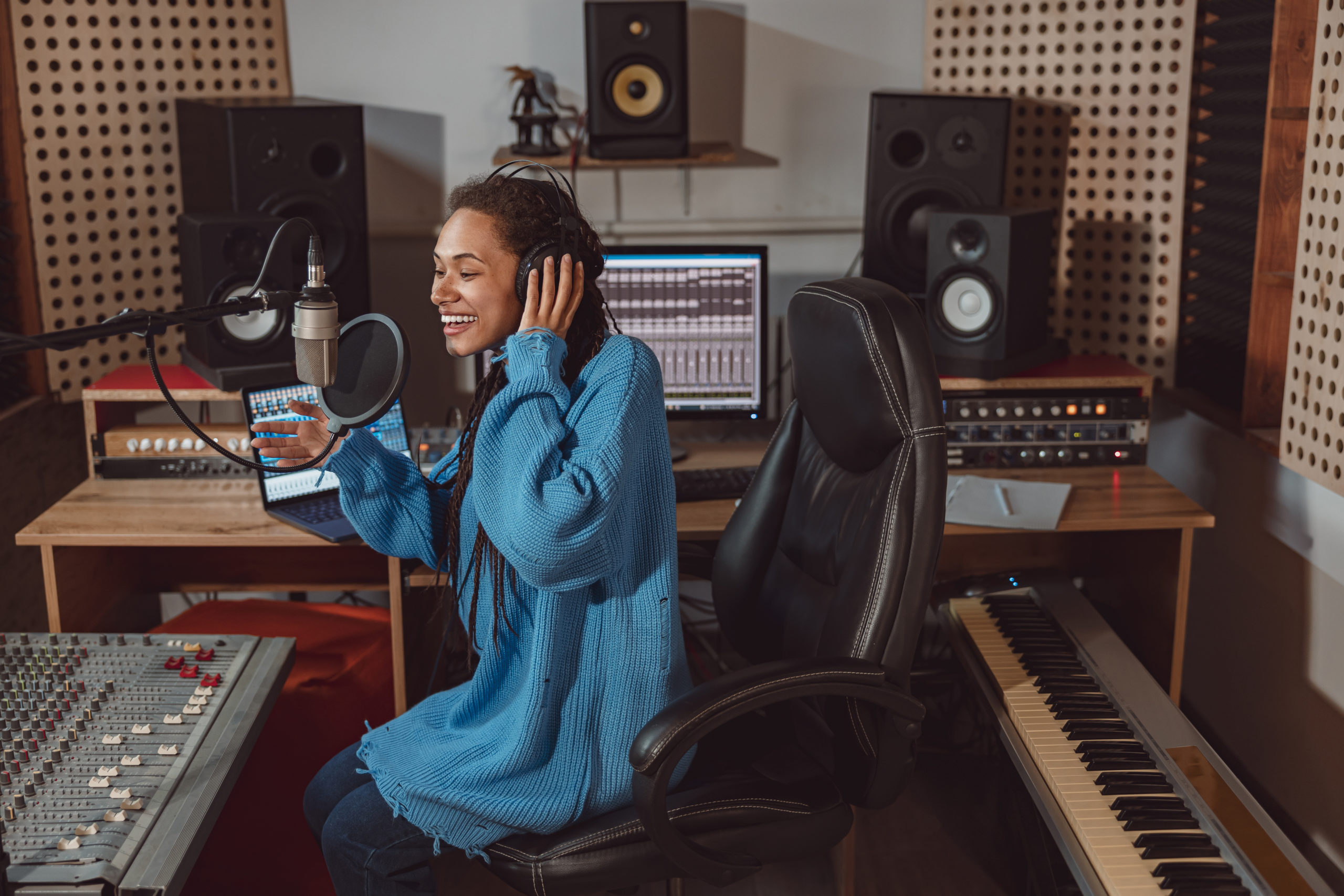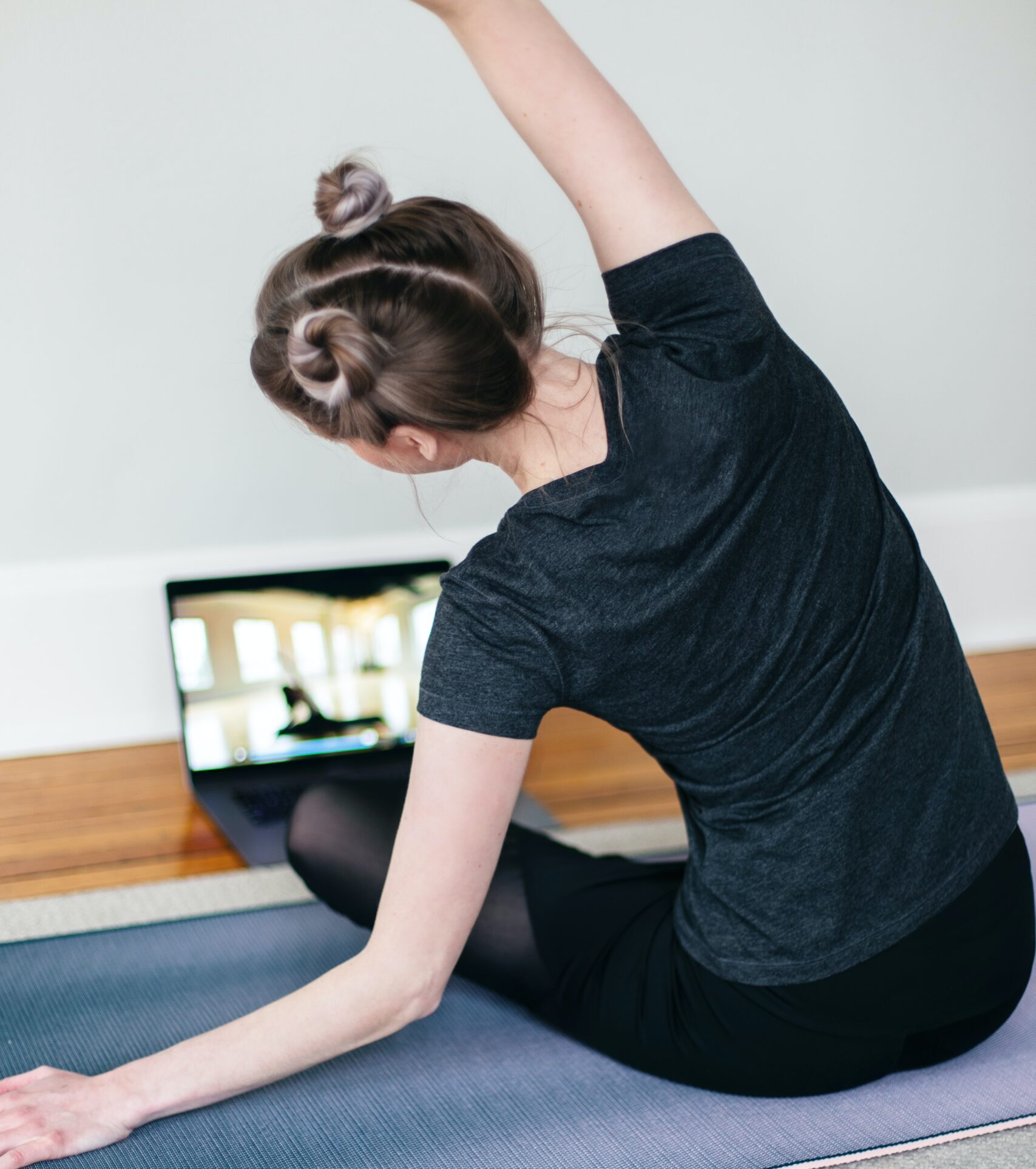
Voice acting exercises
Voice acting exercises to warm up your voice
All athletes do it before they have to perform and you should do the same before you get in front of a microphone: warming up. Through warming up your voice with a set of voice acting exercises, you will be able to perform at your best, because it can be challenging to have to use your voice extensively if you and your voice are not prepared.
In this blogpost, we will shed light on some simple voice acting exercises that can help warming up your voice, so you will be able to deliver better results when recording voice overs or dubbing an already existing recording.
Why you should warm up your voice
Why do you warm up your body before a hard training session? To prevent injuries. And the same goes for voice artists as well. By using a number of different voice acting exercises every time before a recording session, you can reduce the risk of injuries.
It is about making your voice more flexible, smooth and comfortable through such exercises.
Additionally, you will get more relaxed and will be able to transfer this state to your performance. At the same time, you prevent your voice from sounding tired and rough too fast and you will experience that vary your pitch more.
Voice acting exercise 1: Stretch your body

Yes, everything starts with the body and that is why you should find yourself a stretching routine that fits your needs. That can be everything from expanding your chest through breathing to a simple side stretch. Whatever it is, you´ll need to find the exercises matching you and your needs best.
Voice acting exercise 2: Breathing techniques
After your stretching exercises, you should perform a series of breathing techniques. These will help relax your vocal folds for a recording as well as increase your vocal range. You can for example use the straw-trick, when you try to hum, breathe in and out or sing while laying on the floor.
Voice acting exercise 3: Growling sounds and snorting exercises
By using different growling and snorting exercises, you can loosen up your facial muscles and vocal folds together with making space for the so-called resonant sound. Through these exercises, you will activate the resonators and can improve your voice-quality. These exercises are optimal to be performed when you start your day after having slept for several hours.
Voice acting exercise 4: Tongue twisters
In the voice over industry, a clear pronunciation is crucial. If you cannot express yourself clearly, there won’t be anybody that can understand what you are saying. By using tongue twisters, you´ll learn to express yourself as clearly as possible.
Voice acting exercise 5: Yawning

To train the reach of your voice, yawning is a great exercise. By yawning, your jaw is dropping naturally and regulates the level of air while you are extending your palatal. This leads to your neck muscles and your vocal cords start relaxing and as soon as they do, you will drop in tone. By regulating your oxygen levels, you will also recognize that your brain will receive more oxygen and you´ll get more attentive. Please be aware that this is no a voice acting exercise, you should start your warm up with but rather make use of when you already have warmed up your voice.
Become a voice talent at VoiceArchive
Vi hope that this blogpost can help you with understanding how you as a voice artist can warm up your voice in the best possible way to perform at the highest level when recording voice overs. If you are new to the industry, we also have a blogpost about how to become a voice artist.
If you already are a professional speaker, you can apply to become a voice artist at VoiceArchive. Just send your application and we´ll get back to you as soon as possible. In case of questions, we are always there to help either in writing or on the phone.
